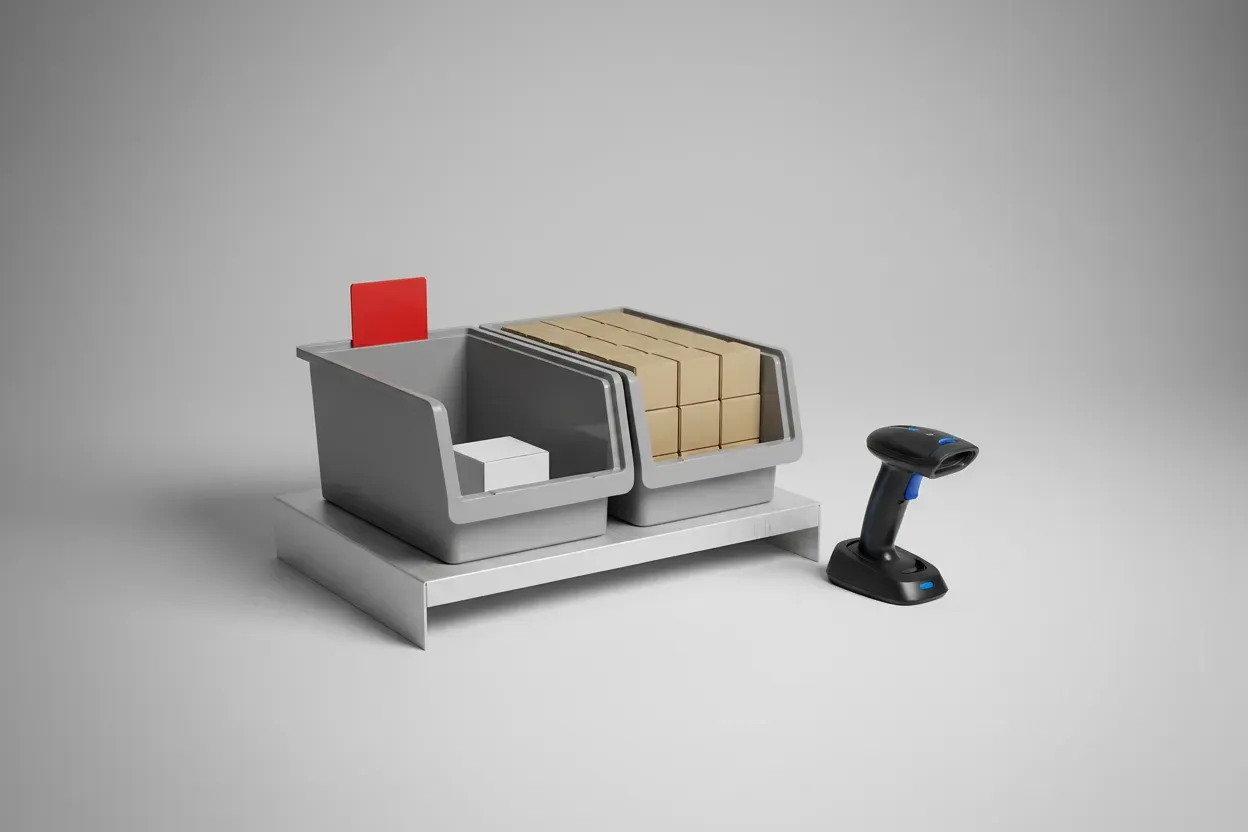How Do You Determine the Right Pricing Strategy for Your Products Or Services?
In the quest to strike the perfect balance between profitability and customer value in pricing strategies, we’ve gathered insights starting with a CEO who emphasizes the importance of conducting market research and refining. Alongside expert advice, we’ve also compiled additional answers that delve into the nuances of pricing, from benchmarking against competitors to the application of cost-plus pricing strategies. These insights aim to guide businesses through the complex yet crucial process of setting prices that serve both the company and its customers.
- Conduct Market Research and Refine
- Benchmark Against Competitor Pricing
- Survey Customer Willingness to Pay
- Implement Psychological Pricing Tactics
- Adjust Prices Based on Demand Elasticity
- Apply Cost-Plus Pricing Strategy
Conduct Market Research and Refine
Setting prices that balance profitability and customer value involves a strategic approach that considers several factors. First, I conduct thorough market research to understand what competitors are charging for similar services and how customers perceive value in those offerings. This helps me position my services competitively while ensuring they remain attractive to potential clients. Second, I factor in my operational costs, including overhead expenses and employee wages, to determine the minimum price that ensures profitability. Lastly, I always keep customer feedback in mind; understanding their expectations and willingness to pay helps me refine pricing strategies over time. By combining these insights with a dash of intuition, I’ve found a sweet spot that keeps both my clients and my business smiling.
Rachel Beider, CEO, PRESS Modern Massage
Benchmark Against Competitor Pricing
Determining the right pricing strategy often involves looking at what others in the market are charging for similar products or services. By understanding the value proposition and pricing of competitors, a company can identify where they stand in the market landscape. This analysis helps to ensure the product or service is not priced too high or too low in comparison to alternatives that customers may consider.
Competitor pricing can serve as a benchmark to set a competitive price that reflects the true value of the offer. Seek out data on your competitors’ pricing and ensure your product or service offers value that justifies your price point.
Survey Customer Willingness to Pay
To set a price that consumers are willing to pay, it is crucial to engage directly with the target audience. By conducting surveys focused on the willingness to pay, businesses can gain insights into how much customers value the product or service. This method also helps to discern different price ranges that various market segments are comfortable with.
Understanding these price points can guide the setting of a price that maximizes profit while remaining attractive to consumers. Start conversations with your potential customers to find out what they are willing to pay.
Implement Psychological Pricing Tactics
Psychological pricing is a tactic designed to play on consumer perception to make a product or service more appealing. For example, setting the price just below a round number, often referred to as ‘charm pricing’, can make the cost seem significantly lower in the eyes of consumers. This strategy requires careful consideration of how pricing is presented and the subtle influence it can have on buying decisions.
Using psychological pricing can be an effective way to boost sales if done thoughtfully. Examine how you’re presenting your prices and test whether adopting psychological pricing could benefit your sales figures.
Adjust Prices Based on Demand Elasticity
Pricing can be adjusted according to the demand for a product or service and its sensitivity to price changes, known as demand elasticity. If a product is elastic, meaning sales vary significantly with price changes, pricing might need to be more competitive to drive volume. Conversely, if a product is inelastic, there may be more flexibility to increase margins without substantially reducing sales volume.
Understanding demand elasticity helps in striking a balance between selling maximum units and achieving optimal profit margins. Investigate the price sensitivity of your market and adjust your pricing strategy to maximize profitability.
Apply Cost-Plus Pricing Strategy
The cost-plus pricing model involves adding a standard markup to the cost of producing or providing a service. This strategy ensures that all costs are covered and that a profit is made with each sale. Cost-plus pricing is straightforward and can be particularly suitable for businesses with a clear understanding of their production costs and direct overheads.
While this method doesn’t inherently account for market conditions or competition, it is a reliable way to ensure sustainable profitability. Review your production or service delivery costs and apply a markup that will secure a profit for your business.







































